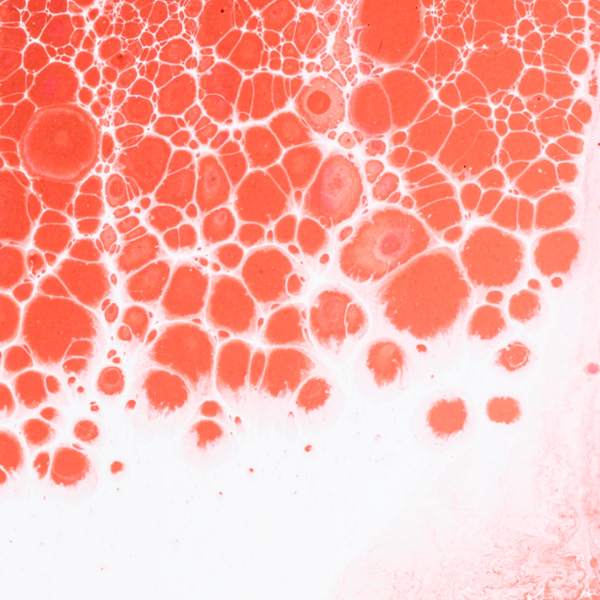Key Benefits
- Check uric acid to spot high levels that can harm joints and kidneys.
- Clarify gout-like pain by supporting gout when levels are persistently elevated.
- Guide gout treatment targets, usually keeping uric acid under 6 mg/dL, or 5 with tophi.
- Track response to allopurinol, febuxostat, or uricosurics and prevent flares.
- Flag kidney stone risk, especially uric acid stones, and guide prevention.
- Support kidney care by detecting elevations seen in CKD or with diuretics.
- Monitor tumor lysis risk during chemotherapy and guide preventive hydration or rasburicase.
- Connect lifestyle triggers—alcohol, fructose, purine-heavy foods—to changes in your level.
What are Hyperuricemia
Hyperuricemia biomarkers primarily quantify the body’s pool of uric acid in circulation (serum urate), capturing the balance between how much is made and how well it’s cleared. Uric acid is the end product of purine breakdown from cells and food (purine catabolism), formed by the enzyme xanthine oxidase in the liver and intestine, then carried in the blood and removed largely by the kidneys and, to a lesser extent, the gut (renal and intestinal excretion). Measuring serum urate shows how close the body is to the point where urate can crystallize in tissues (monosodium urate), which underlies gout flares and some kidney stones. Complementary urine measures of uric acid (uricosuria) indicate whether the issue is excess production or reduced elimination, reflecting renal tubular handling (reabsorption and secretion). Together, these biomarkers map the physiology of urate: production, transport, and disposal. They enable early detection of a crystal-prone state, guide the choice of urate-lowering strategies (xanthine oxidase inhibition vs. uricosuric therapy), and monitor whether the biological drivers of urate load are being brought back into balance.
Why are Hyperuricemia biomarkers important?
Hyperuricemia biomarkers—principally serum uric acid, sometimes paired with urine urate—reveal how your body makes, transports, and clears purines. They matter because urate connects metabolism to immunity, kidneys, joints, and blood vessels; when it concentrates, crystals and inflammation can follow, and when very low, it signals altered production or renal handling.
Typical lab ranges are about 3–7 for adult men and a little lower for premenopausal women; children run lower and values rise at puberty. Most people sit most safely in the middle of the range, below the crystallization point near 6–7, where joints and kidneys stay quiet.
Low values usually reflect increased renal excretion or reduced production, often from medications. They’re often silent, but rare renal hypouricemia can predispose to exercise-related kidney injury; profound production blockade can cause xanthine stones. Early pregnancy and childhood commonly show lower numbers due to increased clearance and lower purine turnover.
High values arise from underexcretion or overproduction. Urate crystals can inflame joints, causing gout and tophi, and can form kidney stones. Elevated levels also associate with hypertension, chronic kidney disease, insulin resistance, and fatty liver. Men tend to rise earlier; women increase after menopause; late-pregnancy elevations link to preeclampsia.
Big picture: uric acid is a metabolic end-product intertwined with renal filtration, vascular tone, and inflammatory signaling. Tracking it connects daily metabolism to joint health, kidney function, and cardiometabolic risk, clarifying long-term risk before complications appear.
What Insights Will I Get?
Hyperuricemia signals how efficiently you process purines and clear metabolic byproducts. Because uric acid affects endothelial function, oxidative balance, and inflammation, higher levels are linked with gout, kidney strain, hypertension, insulin resistance, and cardiovascular risk. At Superpower, we test Uric Acid to read this cardiometabolic–renal axis.
Uric acid (urate) is the end product of purine breakdown via xanthine oxidoreductase. Most is handled by renal transporters and excreted; a smaller share exits through the gut. Hyperuricemia means circulating urate exceeds typical reference limits or solubility, increasing monosodium urate crystal formation in joints and kidneys.
In range, uric acid suggests balanced purine turnover, adequate renal clearance, and low crystal risk, supporting stable vascular and metabolic function. Elevated values imply overproduction, under-excretion, or both, with potential endothelial stress, higher blood pressure tendency, renal tubular load, and gout susceptibility. Very low values are uncommon and context-dependent.
Notes: Interpretation varies with sex, age, kidney function, and timing. Acute illness, dehydration, intense exercise, and fasting can transiently raise levels; gout flares can occur with normal levels. Pregnancy lowers urate early and rises later. Diuretics, low-dose aspirin, cyclosporine/tacrolimus, and some chemotherapies raise it; uricosurics lower it. Genetics and assay differences also influence results.







.avif)



.svg)





.svg)


.svg)


.svg)

.avif)
.svg)










.avif)
.avif)
.avif)


.avif)
.png)


